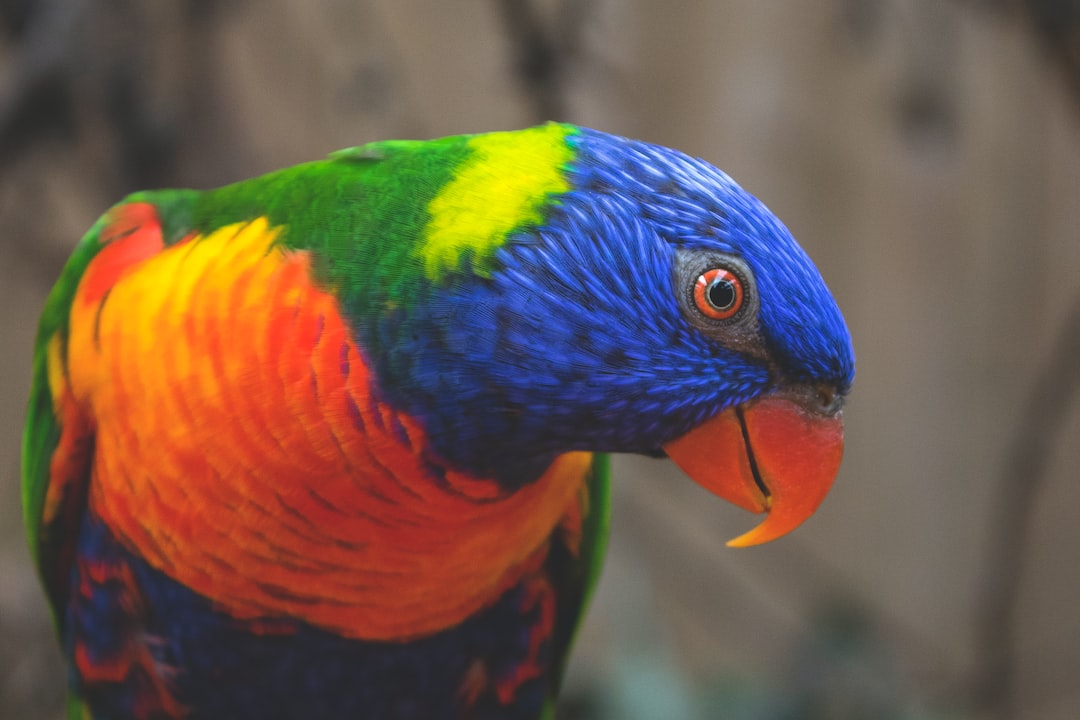Animal Architects: Amazing Structures Created by Nature’s Builders
From towering termite mounds to intricate spider webs, the animal kingdom is home to some of the most remarkable architects on Earth. These creatures may not have engineering degrees, but their natural instinct and biological adaptations have allowed them to create impressive structures that serve a variety of purposes. Join us in exploring the fascinating world of animal architects and their incredible creations.
One of the most prominent examples of animal architects is the termite. These tiny insects work together in large colonies to build towering mounds that can reach several meters in height. These structures are not only an impressive feat of engineering but also serve a crucial role in termite society. The mounds act as ventilation shafts, maintaining a stable temperature and humidity throughout the termite colony. Additionally, they help protect the termites from predators and serve as a breeding ground for the young.
Another astonishing animal architect is the beaver. With their powerful jaws and sharp teeth, these industrious rodents construct intricate dams and lodges using wood and mud. The dams they create serve multiple purposes, including forming a barrier against predators and regulating water levels in their surroundings. Beaver lodges are also noteworthy, consisting of complex underground tunnels and chambers that provide protection and insulation during harsh winters.
While insects and rodents may dominate the realm of animal architects, spiders are not to be underestimated. From delicate orb webs to complex trapdoor burrows, these eight-legged marvels construct intricate structures to capture prey and provide shelter. The orb webs, created primarily by orb-weaving spiders, are particularly mesmerizing. The spider meticulously weaves silk to form a circular web, balancing tension and strength to ensnare unsuspecting insects.
But animal architecture is not limited to insects and arachnids alone. Birds, too, are skilled builders, constructing nests that vary greatly in structure and location. The baya weaverbird, for instance, constructs intricate nests made from woven grass blades. These fantastic creations hang from tree branches like exquisite ornaments, providing shelter for the bird and its young. Weaverbirds are renowned for their ability to weave nests with such precision that they can withstand strong winds and heavy rain.
Similarly, the leaf-cutter ant demonstrates impressive architect prowess. These ants are known for their intricate underground nests and impressive foraging trails. Leaf-cutter ants do not eat the leaves they collect; instead, they use them as a substrate to grow a specific type of fungus, which serves as their primary food source. The environmental control within their nests is so precise that they have been able to cultivate this symbiotic relationship for millions of years.
Even underwater, animal architects have left their mark. The coral polyps, tiny organisms responsible for building coral reefs, construct massive structures that support a thriving ecosystem. These reefs provide protection for countless marine species, including fish, crustaceans, and mollusks. Coral reefs are often referred to as the rainforests of the sea because of their unparalleled biodiversity and rich ecological significance.
Nature’s builders have not limited their creations to land and water; they have also ventured into the sky. The wasp, for example, constructs intricate nests using a combination of plant fibers and saliva. These paper-like structures can be as small as a walnut or as large as a basketball, depending on the wasp species. While wasps are often associated with danger, their nests are truly a marvel of architectural ingenuity.
What makes animal architecture even more fascinating is the fact that these structures are not created with any conscious planning or blueprint. Animals rely on innate instincts and natural selection to guide their construction efforts. They have adapted and evolved their building techniques over millions of years to create structures that serve specific purposes crucial for their survival and reproduction.
As we delve into the world of animal architects, it becomes evident that nature’s builders have perfected the art of construction in their own unique and marvelous ways. These incredible structures, from towering termite mounds to delicate spider webs, serve as a testament to the ingenuity and adaptability of the animal kingdom. Let us marvel at their creations and be inspired by the wonders of the natural world.

